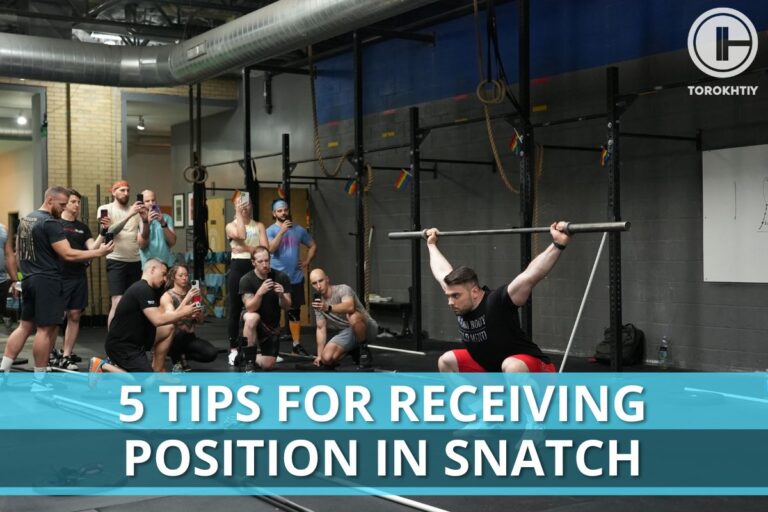Front Squat Wrist Pain: 7 Reasons & Solutions
Front squat wrist pain is fairly common among lifters, especially beginners who don’t have a good enough form yet or whose muscles and joints aren’t that used to the weight that they’re trying to lift. With that said, wrist pain during front squats can also occur in seasoned lifters for several reasons, which we will be exploring in this article. Along with that, we will be talking all about how you can prevent wrist pain from occurring in the first place.
And so, without further ado, let’s get started.
How Can You Treat Front Squat Wrist Pain – You can minimize front squat wrist pain by ensuring that you’re performing the exercise with proper form while not overloading the weight and progressing slowly. Additionally, when you start lifting heavy, getting a good pair of wrist wraps will further help protect your wrists and prevent injuries.
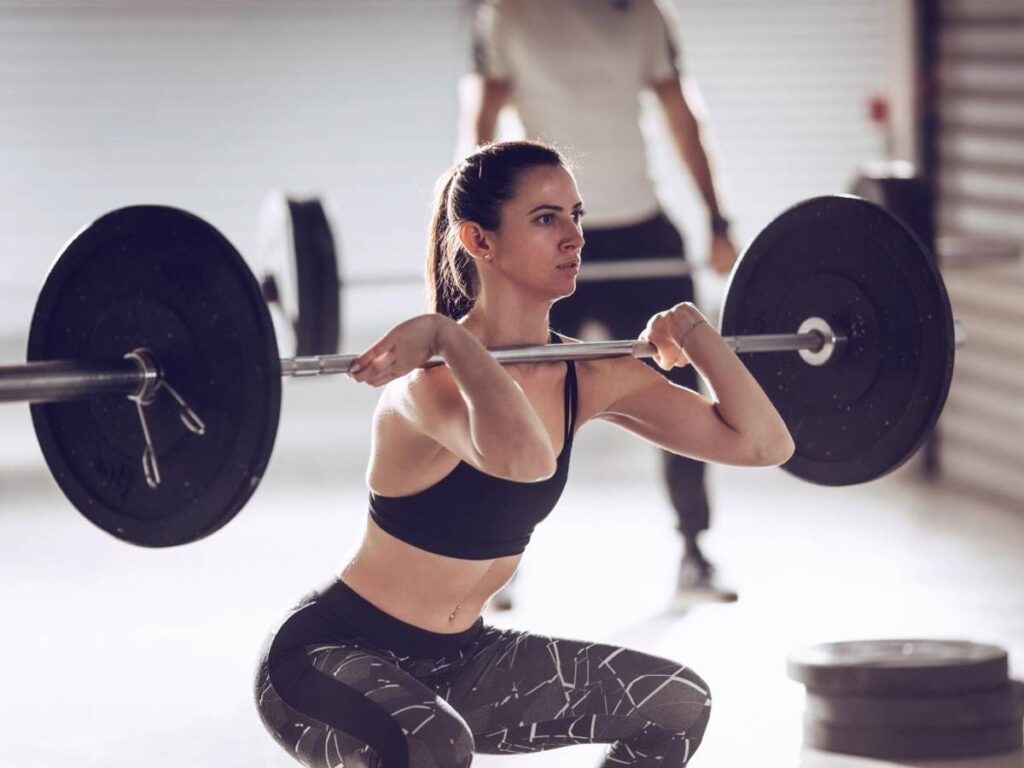
Why Does Your Wrist Hurt During Front Squat?
The front squat hurts wrists mainly when it’s done with incorrect form. Unfortunately, front squats are one of the hardest exercises to perform correctly, and learning the proper technique can take quite a bit of time. That’s why below, we will talk about the seven most vital aspects of the front squat you should pay attention to in order to ensure you’re not injuring your wrists. And please remember, this article is strictly informational, if you’re feeling serious pain in your wrists, you should immediately stop training and consult with a doctor.
Not Enough Wrist Mobility
Suppose you lack mobility in the wrists, leading to pain when doing the front squat. That’s because the inflexibility in that area can cause you to feel a strain in your forearms, especially if you haven’t performed the movement all that often. Unlike other variations of the squat, where you tend to place the barbell on your back, here, in the front squat, you need to have more wrist extension as the bar is put in the front part of your body…
Typically, the tighter your wrists are, your grip will have to be wider. It’s a good idea to keep adjusting until you find the perfect position so that your wrists aren’t getting strained. You can also stretch your triceps, too, as tight muscles can often lead to you being unable to lift your elbows high enough to the point where they can support the bar.
Additionally, if you lack wrist flexibility, you can do the front squat using dumbbells. This variation is called a “goblet squat,” It allows you to do the squat but not to overload your wrists.
🔻GRIP STRENGTH TRAINING PROGRAM
Struggling with Missed Lifts in Olympic Weightlifting?
Weak grips shouldn’t hinder your success.
Our specialized program, featuring 26 unique exercises and 18 workouts, focuses on strengthening essential hand muscles for Olympic weightlifters like you.
Don’t let your grip be the reason; start your journey to a stronger, more powerful lift today!
- 🌟 Targeted Grip Strengthening
- 🌐 Suitable for All Skill Levels
- 🔒 Lifetime Access – No Monthly Payments
Unleash your full potential. Click to transform your lifting game now!
The Weight You’re Trying To Squat is Too Heavy
If the weight is too heavy for you, the muscles in your forearm and hand might not be strong enough to keep the wrist stable, and that can lead to injuries. Typically, people cannot squat in the front squat, the kind of weight they can lift in the back squat. And that’s to be expected as all the weight sits in front of you.
When learning the front squat, it’s a good idea to start with a weight that you feel comfortable with and then not do the maximum reps that you can. Try to leave 2-3 reps in reserve in each set. Over time, as you do the exercise more regularly, your forearm and wrist muscles will get used to the weight; however, this doesn’t take one or two weeks. Instead, it can take up to a few months.
The Bar Is Not Placed on Your Shoulder
If you don’t place the bar correctly on your shoulder, that can cause wrist pain during the front squat. If you’re able to keep your elbows up and place the bar on your shoulder, that will help take the weight off of the forearms and the wrists. Otherwise, when the weight is placed on the hands, that can lead to pain and even injuries if it’s too heavy.
As we already said, some people lack flexibility in the triceps, which makes it difficult for them to keep their elbows up. In such cases, you should aim to perform the squat with a lower weight and to work on wrist mobility in the meantime.
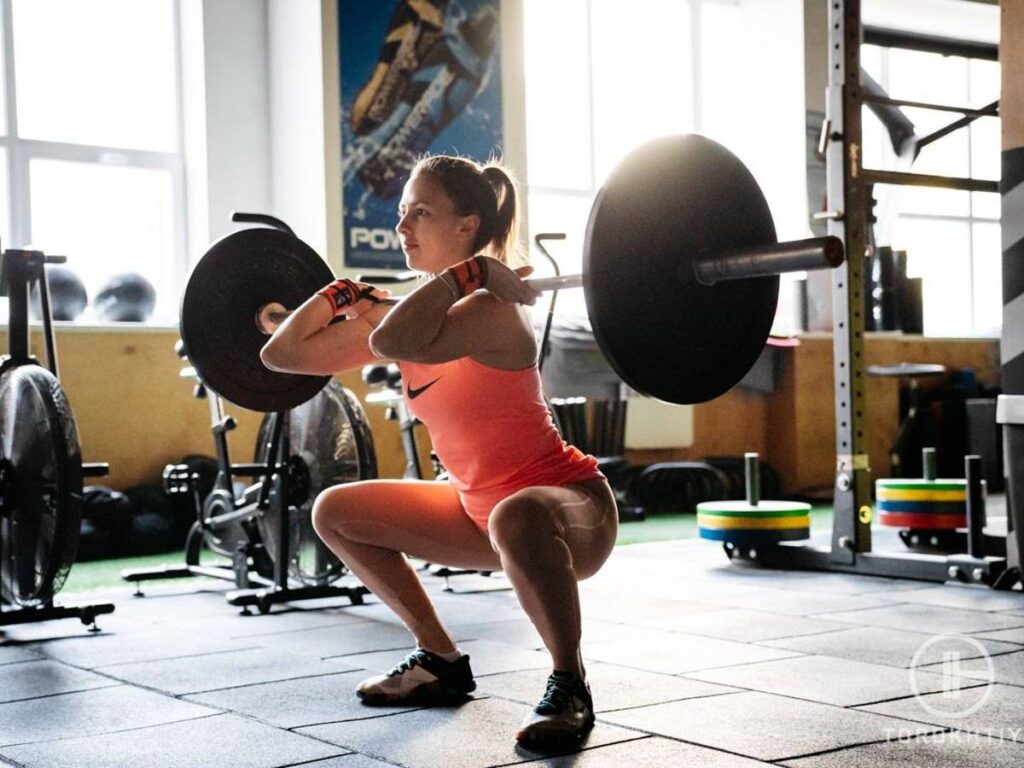
Placing Your Entire Hand on The Barbell
If you grab the entire barbell with your hand while you’re doing the front squat, you can surely damage your wrists. You can only use the fingertips of your first 2-4 fingers on the bar, if you feel a lack of mobility..
However, when the elbows start to go down, most people grab the barbell with their entire hand out of fear it will slip off. But gripping the barbell with your hand makes your wrist rigid and less mobile. That’s why your mind should always be focused on keeping the elbows up, the barbell on the shoulders, and that only your fingertips are holding onto the bar.
Not Holding Your Elbows Up
We’ve already mentioned that, but not having your elbows up when doing the front squat can lead to pain and injuries. However, in this paragraph, we will talk more about having your elbows up prior to lifting the bar off the rack.
If you’re not holding your elbows up before you unrack the way, you will be unable to readjust the positioning later on, as the entire weight will be placed in front of you. That’s why you want to be in the correct position from the start.
Sitting Far Back
When you sit too far back during the front squat, your wrists need to have more flexibility, as that position requires a greater extension. This is a mistake people often make, as, during the back squat, you tend to lean forward and sit back, but in the front squat, it’s the opposite – you need to squat straight down, which is why the quads and the upper back muscles are more loaded.
When it comes to your wrists, this far back position causes them to get sore, as they need to be hyper-extended during the entire movement. One way to fix that position is to bend the knees more – flex into them instead of your hips.
Your Heels Are Not Flat On The Ground
Not having your feet flat on the ground while squatting can cause all kinds of injuries, including ones to the wrist. You will lean more forward when your heels aren’t flat on the floor. Because of that, your wrists will get more extension, the same as what happens when you’re sitting too far back.
That’s why you want to look for the perfect spot where you’re able to squat straight down, while the weight is sitting on your fingertips comfortably.
Typically, people can’t squat with their feet flat because their ankles are too tight. That’s why, if you have that kind of a problem, you will want to do some mobility and flexibility exercises in order to relax your calf muscles and increase your ankle’s range of motion.
How to Fix Wrist Pain While Front Squatting?
We already mentioned that wrist pain is common among lifters; however, thankfully, there are ways to prevent it from occurring. And that is exactly what we’re going to discuss below.
Fix Your Form
The best way to ensure you don’t get easily injured is always to do every movement with proper form. The same thing applies to the front squats. They’re a more complex exercise, and it takes most beginners a bit of time to learn how to perform it correctly. That’s the reason why most often, people who complain that their wrists hurt from front squats are new lifters who have just started to incorporate this exercise into their programs and who still do it with some mistakes in the technique that lead to wrist pain.
Don’t Over-do the Weight
If you’re not 100% sure your form is good, you shouldn’t put too much weight on the bar. Often, lifters who still have some things to fix in their technique put on too much weight too quickly, and this can easily lead to wrist pain and even injuries. That’s why, when learning new exercises, it’s vital to pace yourself with the weight – it’s normal not to be able to lift a lot at the start; in fact, it’s normal to start squatting only with the bar. And you should progress slowly by adding a bit of weight every few weeks. That way, your muscle tissues will be able to strengthen and thus withstand the weight during future lifts.
Use Wrist Wraps
Even if you’re lifting a good weight and you have proper form, sometimes the wrist can’t hold up well, especially if you’re lifting heavy weights often. And that’s where wrist wraps come in handy. They can help you support and stabilize your wrists, thus ensuring that you feel more comfortable while performing the exercise and that you don’t easily get wrist pain or injuries. Of course, it’s vital that you use wrist wraps that are durable, elastic, and feel comfortable.
Our recommendation is by Warm Body Cold Mind, and it’s their premium cotton wraps that are heavy-duty and allow you to get maximum support thanks to the thumb hole that they have. They’re also suitable for all kinds of lifters – powerlifters, Olympic weightlifters and fitness athletes, so you don’t have to worry about what sport you want to practice when purchasing them.
We Recommend: WARM BODY COLD MIND Weight Lifting Wrist Wraps
FAQ
Do front squats mess up your wrists?
No, if you perform them with proper form. However, if you try doing heavy front squats with improper technique, then the chances of getting your wrists injured are high.
Is Front Squat or Back squat better?
Neither exercise is better than the other. They’re both great; however, they target different muscle groups. For example, back squats are great for building strength in the glutes and hamstrings, while front squats work the quads more.
Conclusion
When people ask us “how to front squat without hurting wrists,” we always say to start by learning the proper way to front squat and to be careful about how much weight you’re lifting. From then on, as you progress and you start lifting heavy, using wrist wraps is an additional way to support the wrists and ensure that they’re not hurting. And so, what do you do to prevent your wrists from hurting when doing front squats? Share with us below in the comments section.
Also read:
- Low Bar Squat Wrist Pain
- Wrist Pain From Lifting
- Bench Press Wrist Pain
- Handstand Wrist Pain
- What Do Wrist Wraps Do
- Best Wrist Wraps For Powerlifting
- Best Functional Fitness Wrist Wraps
- Best Squat Rack
References:
- Your Heels Are Not Flat On The Ground // WEBMD: https://www.webmd.com/fitness-exercise/difference-between-passive-range-of-motion-and-active-range-of-motion
Why Trust Us?
With over 20 years in Olympic Weightlifting, our team does its best to provide the audience with ultimate support and meet the needs and requirements of advanced athletes and professional lifters, as well as people who strive to open new opportunities and develop their physical capabilities with us.
By trusting the recommendations of our certified experts in coaching, nutrition, dietology, and sports training programming, as well as scientific consultants, and physiotherapists, we provide you with thorough, well-considered, and scientifically proven content. All the information given in the articles concerning workout programming, separate exercises, and athletic performance, in general, is based on verified data. We ensure that you can rely on our professionals’ pieces of advice and recommendations that can be treated as personalized ones which will benefit you and fully meet your needs.
The product testing process is described in more detail here
Author: Ihor Shymechko
Pro Olympic Weightlifter, Coach
Best Results: Snatch – 208 kg,
C&J – 240 kg
Ihor has been a professional weightlifter since 1996, boasting over two decades of competition experience. His notable achievements include clinching the European Championship in 2009 and securing a silver medal in the 105kg division at the Senior World Championships in 2011. Ihor represented his country in the 2008, 2012, and 2016 Summer Olympics. After retiring from competitive weightlifting, he transitioned to coaching, leveraging his vast experience to guide athletes who now compete on both national and international stages.

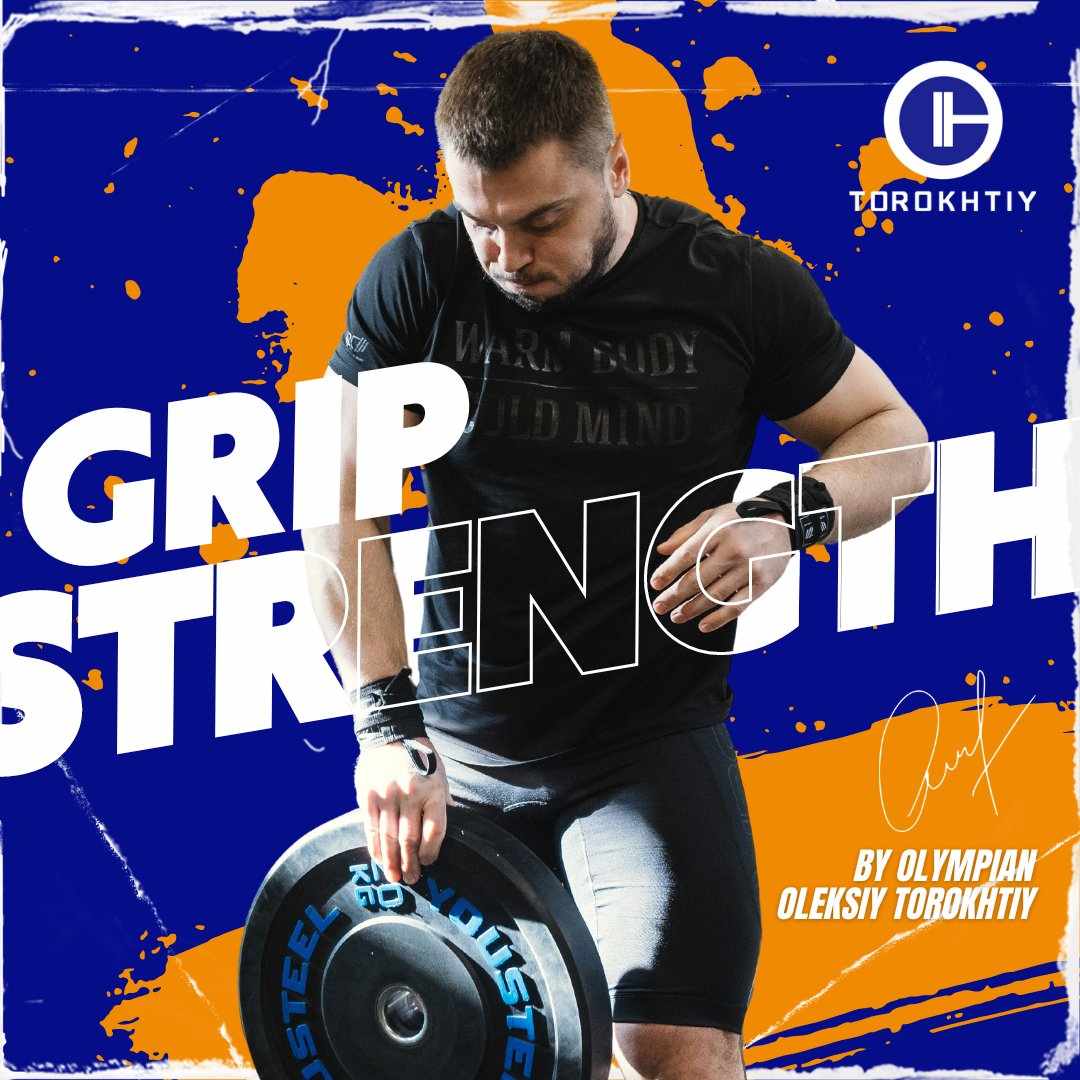
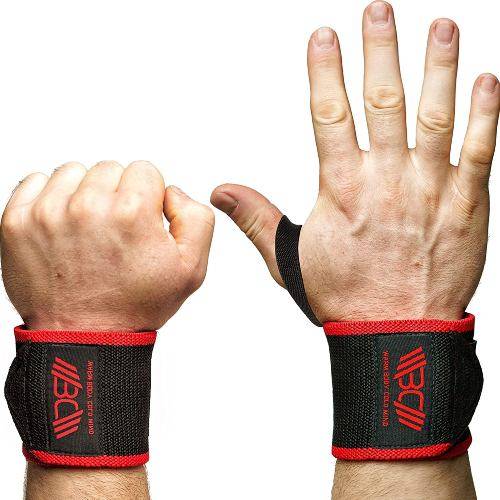

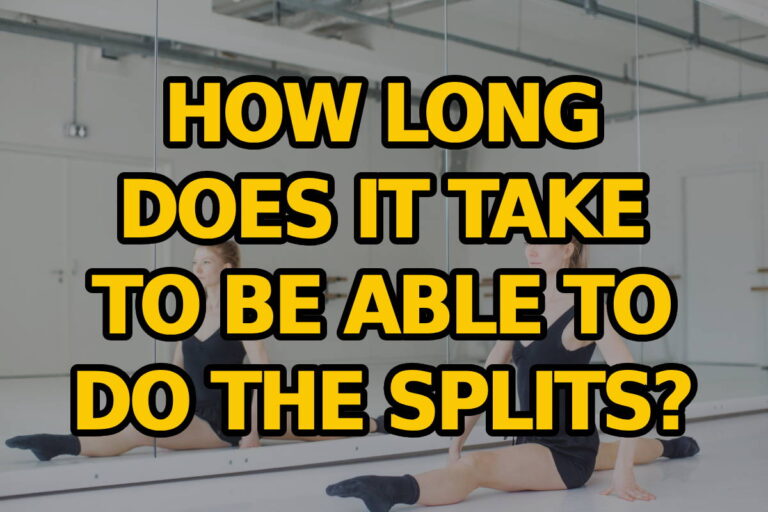



![Can Anyone Do Splits? Journey From Zero to Splits [Asking Cirque du Soleil Artist]](https://torwod.com/wp-content/uploads/2023/11/image-239-768x512.jpeg)
